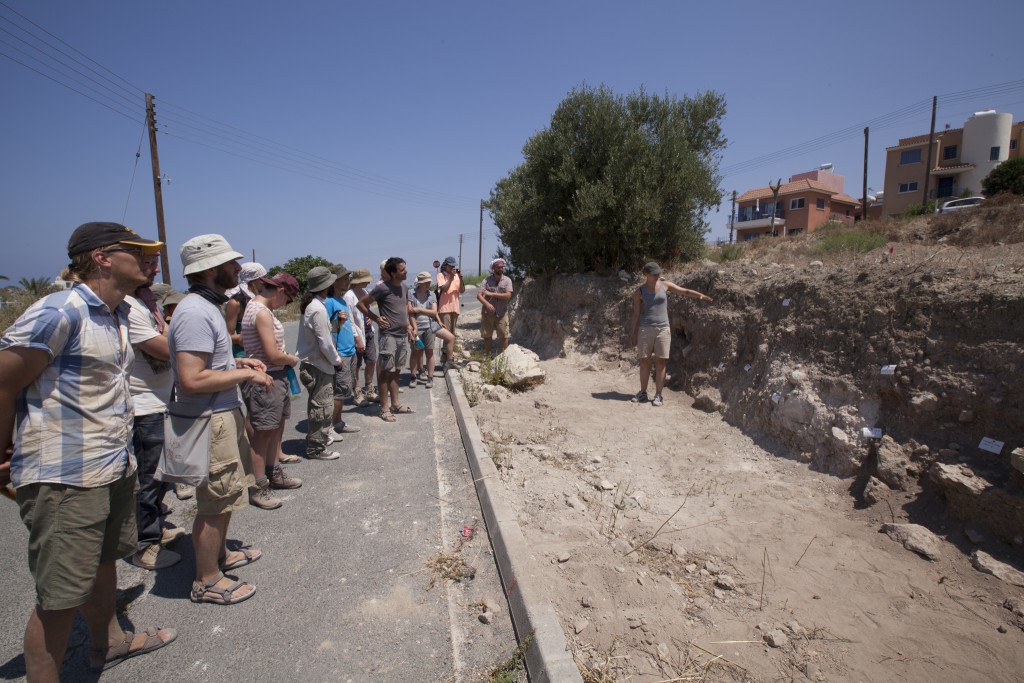The site
Chlorakas-Palloures (aka Vrysoudhia) is situated in the village of Chlorakas, near the town of Paphos in southwest Cyprus. The site has been surveyed and visited many times since the 1950s and measures about 4 ha in total. In more recent decades it was repeatedly surveyed by the Lemba Archaeological Project, and it was identified as an important Chalcolithic site. The identifiable ceramics from Chlorakas-Palloures date the site to the Middle Chalcolithic and Late Chalcolithic.
Chlorakas-Palloures is a site at risk. The site has already suffered substantially from agricultural development and from construction, and is likely to experience further destruction due to development in the near future. Given these threats to the site the current excavation programme was set up in consultation with the Department of Antiquities of the Republic of Cyprus.
The Chalcolithic period is a relatively neglected period in archeological studies, in which the focus has generally been on the Neolithic (emergence of farming) and the Bronze Age (emergence of urbanism and metallurgy). The Chalcolithic is often perceived of as ‘empty millennia in the middle’. However, in Cyprus the investigations of the Lemba Archaeological Project have in fact demonstrated that the Chalcolithic, between ca. 4000 and 2500 BC, is of key importance for the study of how complex societies evolved on the island. Important developments in this period include the origins of metallurgy, the rise of exchange networks in which craft products were exchanged (eg. picrolite figurines), and increasing social differentiation as indexed by variation in house sizes. These developments form the basis for the subsequent rise of metallurgy, trade, and complex societies in the Bronze Age.
